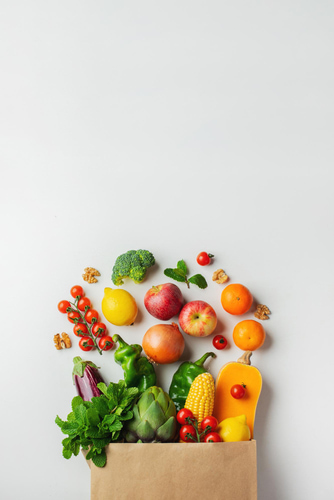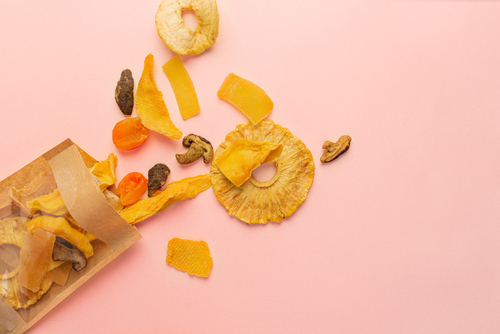Blog
First steps towards veganism

Here’s the translation of the content into English:
Veganism has experienced a surge in recent years due to the increased awareness of climate change and animal welfare. Although this movement is mainly associated with food, it actually refers to an entire lifestyle that prioritizes consuming the fewest possible animal-based products.
For many people who try it, becoming vegan can be quite a challenge. However, with the right information and a gradual transition, it’s possible to adopt this lifestyle successfully in less time than you might think. Want to know how to start being vegan? At Kuoko, we’ll tell you how!
What Does It Mean to Be Vegan?
As we mentioned, being vegan goes beyond simply changing what you eat; it’s a philosophy of life that seeks to avoid animal exploitation and suffering in all possible areas. This means refraining from consuming animal-based products, such as meat, dairy, eggs, and honey, as well as avoiding the use of animal-derived products in clothing, cosmetics, and other everyday items.
Therefore, although it’s mainly reflected in the diet we choose, it addresses many more issues and is generally a decision made with animals, the environment, or personal health in mind.
 How to Transition to Veganism?
How to Transition to Veganism?
Transitioning to veganism may seem overwhelming at first, but it can be made easier with small steps and gradual adjustments. We recommend doing the following:
- Research the benefits of veganism and the available alternatives. Read books, watch documentaries, and join online communities for support and advice. We don’t recommend starting something without doing prior research, especially if it’s something that could affect your health.
- Make a gradual transition. Instead of changing your entire diet suddenly, start by eliminating one food group at a time, like meat first, then dairy, and so on. This will give you time to adjust to new flavors and find alternatives you enjoy.
- Discover new recipes. Experiment with fruits, vegetables, legumes, whole grains, and plant-based foods to create delicious and nutritious dishes.
- If you miss meat, find vegan alternatives. Nowadays, there are many brands that make plant-based meat products that serve as nutritious and healthy alternatives. Try all the ones that catch your eye or dare to make your own vegan burgers if you want to save costs.
- Be compassionate with yourself. The transition to veganism can take time and effort, so don’t be hard on yourself if you make mistakes or occasionally fall back. The important thing is to stay committed to your values and keep moving forward, even if it’s little by little.
How to Follow a Vegan Diet?
If you’ve already decided and are ready to start your journey into veganism, you just need to begin! But how do you organize a nutritious vegan diet? What should you keep in mind? The same things you should consider in any other type of diet:
- Proteins: Plant-based protein sources include legumes (such as beans, lentils, and chickpeas), tofu, tempeh, quinoa, nuts, and seeds. It’s important to include a variety of these sources in your diet to ensure you get all the essential amino acids.
- Calcium: Calcium is essential for bone health and can be found in foods like broccoli, kale, fortified tofu, fortified plant milks, and almonds.
- Iron: Plant-based iron sources include spinach, legumes, fortified cereals, and pumpkin seeds. To enhance iron absorption, pair these foods with sources of vitamin C, such as citrus fruits or peppers.
- Vitamin B12: Vitamin B12 is crucial for nervous system health and is primarily found in animal products. Vegans should get B12 through supplements or fortified foods like cereals and plant milks.
- Omega-3: Sources of omega-3 fatty acids include flaxseeds, chia seeds, and walnuts. They can also be found in algae and algae oil supplements.
That’s all you need to keep in mind! As always, listen to your body and consider your particular needs and physical goals when planning your diet. We’re confident that, little by little, you’ll manage to make a healthy and complete transition to veganism.


